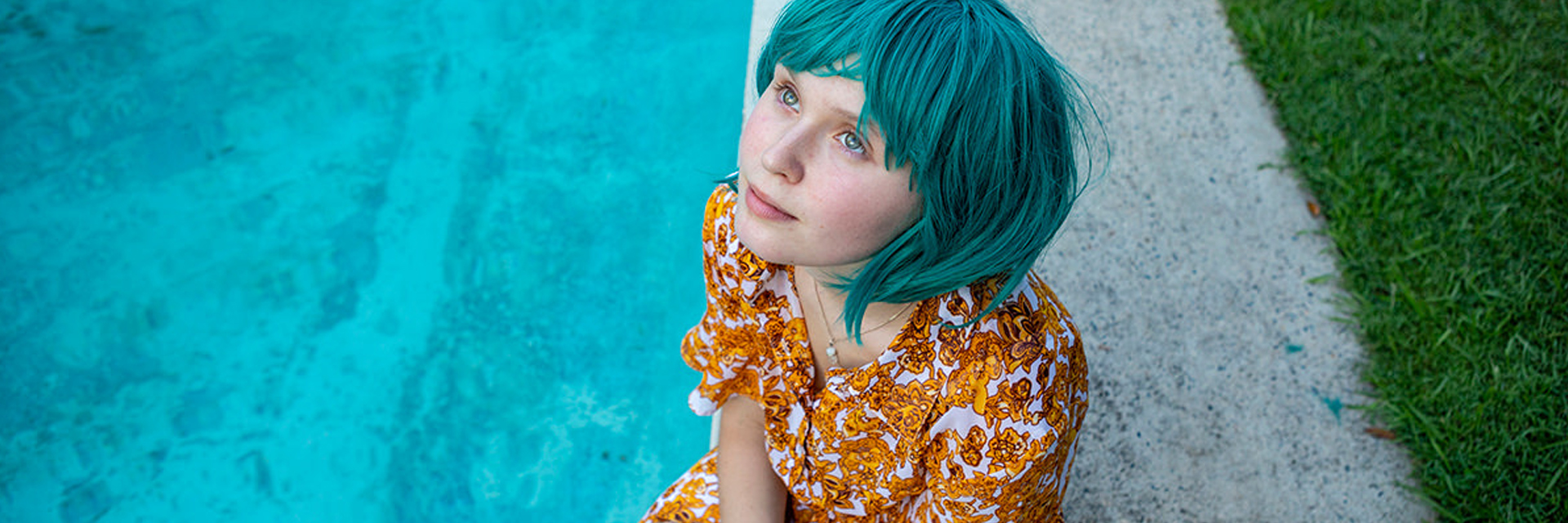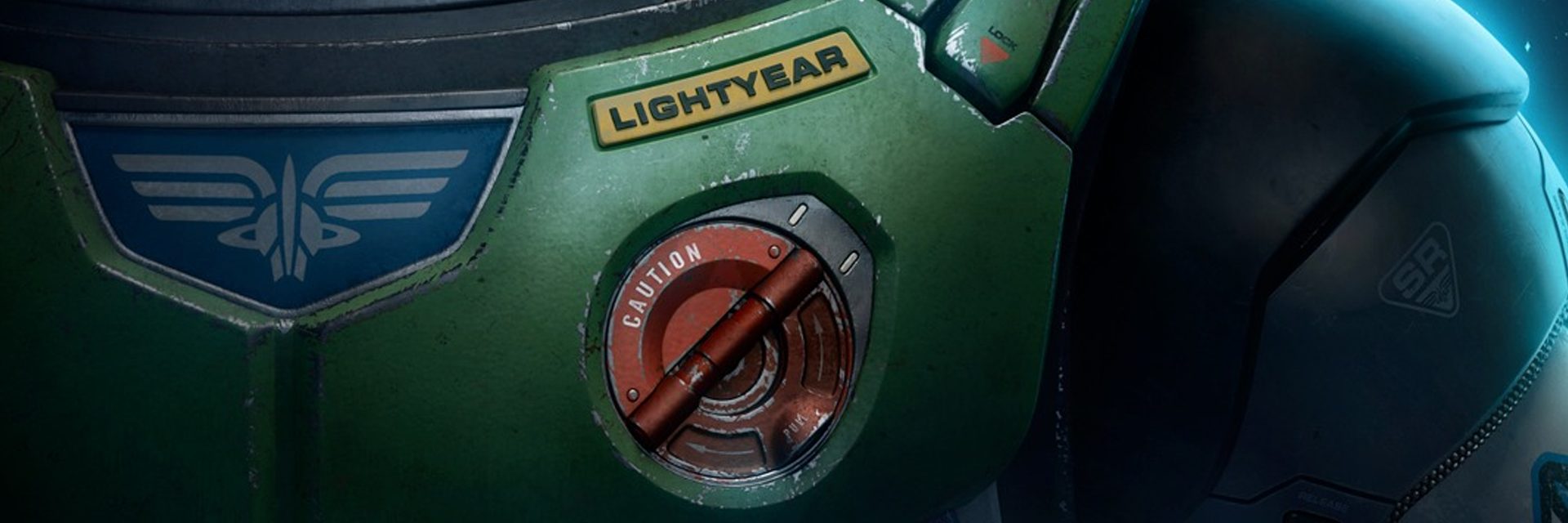Quentin Tarantino is not known for being reserved, in his speaking or in his film-making. He’s known for taking a classic idea and revamping and restyling it, mixing and matching genres until he creates a brand new film from the remains of older ones. His debut, “Reservoir Dogs”, was a brilliant mix of crime and pulp, with very generous servings of pop culture references and buckets of blood mixed in for good measure. As a Tarantino film “Django Unchained” bears the most similarity to “Inglorious Basterds”; both have a heavy exploitation influence, both are based on genres that have become scarce in modern cinema, both have that distinct Tarantino script.
What sets “Django Unchained” apart from the rest of Tarantino’s work is the style. “Django” wears its influences on its sleeve throughout the entire film, and this is what gives it the bombastic charm that we’ve come to expect from Quentin. The sudden camera movements, the very still cinematography, all the visuals are a very clear throwback to the Sergio Leone films of old, giving the film an aged but tense visual feel. Tarantino doesn’t try to modernize the film in any sense, but much like “Inglorious Basterds”, offers it up as new nostalgia; a modern vintage film, and he really pulls it off quite well.
When it comes to the story, the film follows suit with all of Tarantino’s other work; if there’s any element of the film that is his own, it’s the writing. I was the last one to think that Tarantino’s razor sharp dialogue would go well with a western, but he’s definitely proven me wrong in that respect. The film almost acts as a parody of the styles it serves as a tribute to, with dialogue going far beyond the level of any of the films it draws its inspiration from. What this does is give the film its own original edge. It moves it away from its inspiration, but doesn’t disregard it entirely.
Speaking of the films influences, the Blaxploitation genre is very clear and very present in the film. One of the main plot points in the film is taken straight from the film “Mandingo”, and all the violence is preserved quite well. Yes, it is a violent film, but it’s needlessly violent, overdoing it so much that it loses its kick in the first few minutes of the film. Gunshots lead to massive blood explosions of flesh that quickly lose their meaning. But this is a deliberate move by Tarantino. He wants it to be meaningless, just like the films heralded use of the “N” word, to take you out of reality and drop you into the world that he’s created in the film, and the film consumes the audience’s attention for its entire duration.
It’s not perfect. There are some issues with the plot. The Candyland element of the film takes up so much of the plot that it makes the first half of the film seem a little wasted. Although there are some great scenes in this half of the film, the time spent in Candyland renders the story elements at the beginning of the film a little useless in retrospect, but the scenes on there are own are still worthwhile watching, if only for their individual strength and great examples of the films sense of humour.
Overall, the film serves as a great throwback to the westerns of old, with a heavy dose of Tarantino flair and a heavy helping of blood and guts, it really leaves a lasting impression on the audience and thoroughly entertains.





